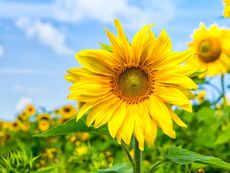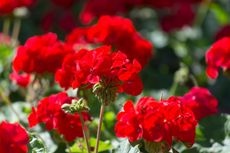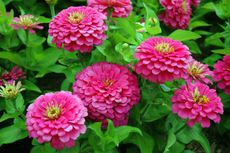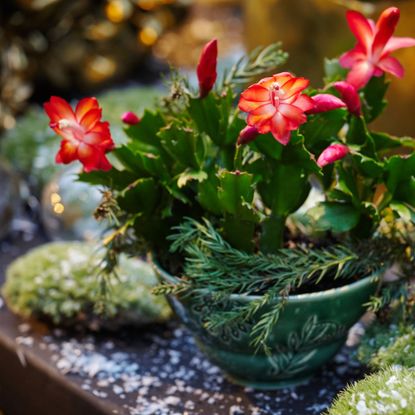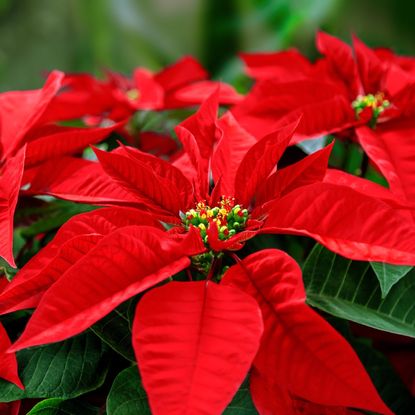Flowers
Who doesn’t enjoy flowering plants? Their intoxicating scents, eye-popping colors, fancy shapes and textures are truly beautiful. Yet, with so many flowers for the garden and types of flower gardens that can be grown, where does one start? No worries. Our flower gardening info will help you learn how to create flower gardens. From basic flower garden design to growing and caring for specific flowers, we’ll guide you. Don’t let the number of flower gardens and plants grown in them intimidate you. Instead, keep reading for tips on flower gardening.
Explore Flowers
Editor's Picks
-
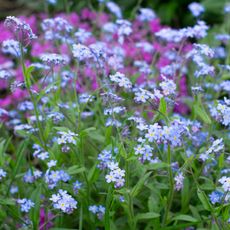
How To Grow Forget-Me-Nots For Unforgettable Blooms In Your Spring Garden
Forget-me-nots can truly light up the spring garden! Though they've been popular for centuries, they can get out of control. Learn how to grow them with care.
By Tonya Barnett
-
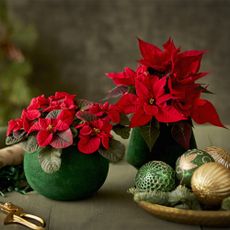
Turn Your Grocery Store Poinsettia Into a Stunning Holiday Centerpiece With These 5 Easy Ideas – They Take Just Minutes to Arrange
Looking for poinsettia centerpiece ideas you can make fast? These five simple arrangements transform a basic plant into a beautiful holiday focal point.
By Melanie Griffiths
-
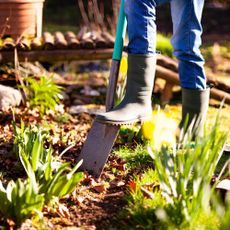
The 3 Stunning Flowers You Can (and Should) Still Plant in December, Plus 1 to Save Until Spring
If you want a beautiful garden full of blooms next year, there’s still time to make it happen…
By Kayleigh Dray
-
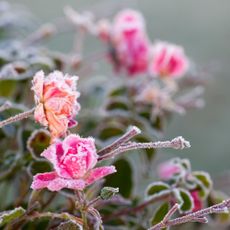
The Simple Product I’m Using to Winterize My Roses Before the Big Freeze (Because Martha Stewart Says So) – It’s On Sale Now!
Martha Stewart and rosarians are in agreement; this is the best way to prep your roses for winter.
By Kayleigh Dray
-

Freeze-Frame Your Garden: Steal Nicole Kidman’s Idea for Timeless Flower Keepsakes
Beat the winter blues with pressed flowers! Follow this guide to cast your own practical magic, just like Nicole Kidman.
By Sarah Veldman
-
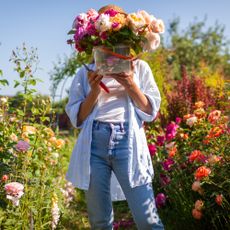
Now Is the Perfect Time to Plan Your Perennial Cutting Garden – Plus, You Can Start These 3 Seeds Indoors Today
Grow a perennial cutting garden that provides you with year after year of beautiful bouquets. A plant expert shares her top tips to help you get started now.
By Teo Spengler
-
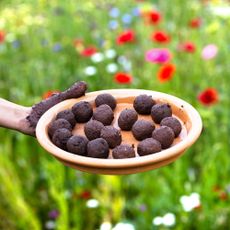
My DIY Birth Flower Seed Bombs Are Always a Hit – They’re So Easy to Make and Perfect for Gifting
These personalized seed bombs are quick and easy to make and grow into beautiful blooms – they're a thoughtful DIY gift for any occasion.
By Melanie Griffiths
-
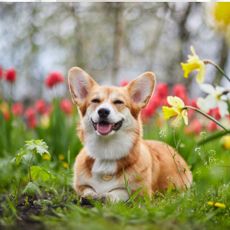
6 Surprising Plants That Are Toxic for Your Dog (Plus 1 You Should Plant as a Treat!)
Plant parents with fur babies, these are the plants you should never grow in your garden if you want to keep your dog safe.
By Kayleigh Dray
-

Make Sure Your Poinsettia Flowers Next Year: Follow This Easy Reblooming Schedule
The secret to yearly poinsettia blooms isn't magic – it's timing. Follow this simple schedule for bright red flowers next Christmas... and the one after that.
By Tyler Schuster
-
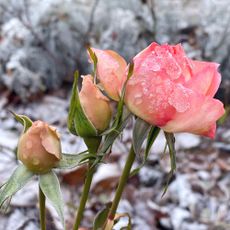
If You Want Beautiful Roses Next Summer, Do These 3 Things This November
Roses might be synonymous with summer, but any good gardener will tell you that the hard work happens over the winter months…
By Kayleigh Dray
-

Pamela Anderson's DIY Beauty Secret is this Stunning Rose – and November is the Perfect Time to Plant It
It seems Pamela Anderson’s favorite rose is as much a beauty cupboard staple as it is the shining star of her garden…
By Kayleigh Dray
-
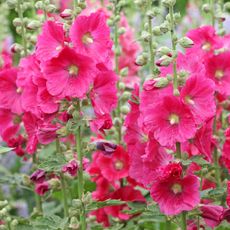
Growing Hollyhocks: How to Get the Most from this Cottage Garden Classic
For romanticism, stature, elegance and pollinator-friendly credentials, growing hollyhocks will add a very special dimension to beds and borders – here’s how to do it right
By Janey Goulding
-
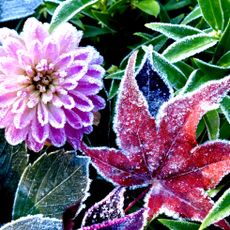
Keep Fall Flowers Blooming Into Winter – 5 Frost Delay Tricks so Your Garden is the Last One Blooming on the Block
Flower power doesn't have to end with the first cold snap. Try these 5 simple, actionable steps on how to protect flowers from frost for bonus color that lasts for weeks longer
By Tyler Schuster
-
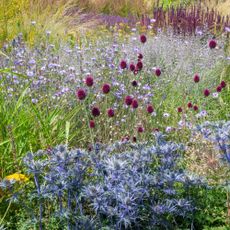
7 Flower Seeds You Can Throw Down in November and Forget Until Spring
Calling all lazy gardeners with big dreams for 2026; these low-maintenance flower seeds are exactly what you’re looking for…
By Kayleigh Dray
-
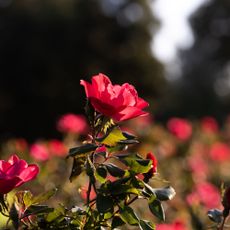
This is How Much You Should Cut Your Roses Back in the Fall (and Exactly When to Do it)
Timing is everything when pruning roses if you want those magnificent blooms next summer…
By Kayleigh Dray
-

Are Your Peonies Ready for Winter? Don't Forget These 3 Fall Jobs for Gorgeous Blooms Next Year
Make sure your peonies are primed for the most voluptuous and vibrant blooms next year! Effective peony winter care starts now – with these 3 core fall tasks for the ultimate blooms
By Janey Goulding
-
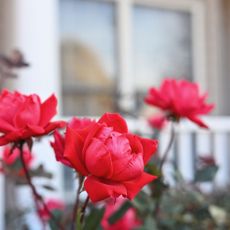
This Unexpected Kitchen Staple Helps Protect Your Roses – But Only If You Use it the Right Way
Want your roses to bloom bigger and brighter next year? Coffee grounds could be the answer...
By Kayleigh Dray

